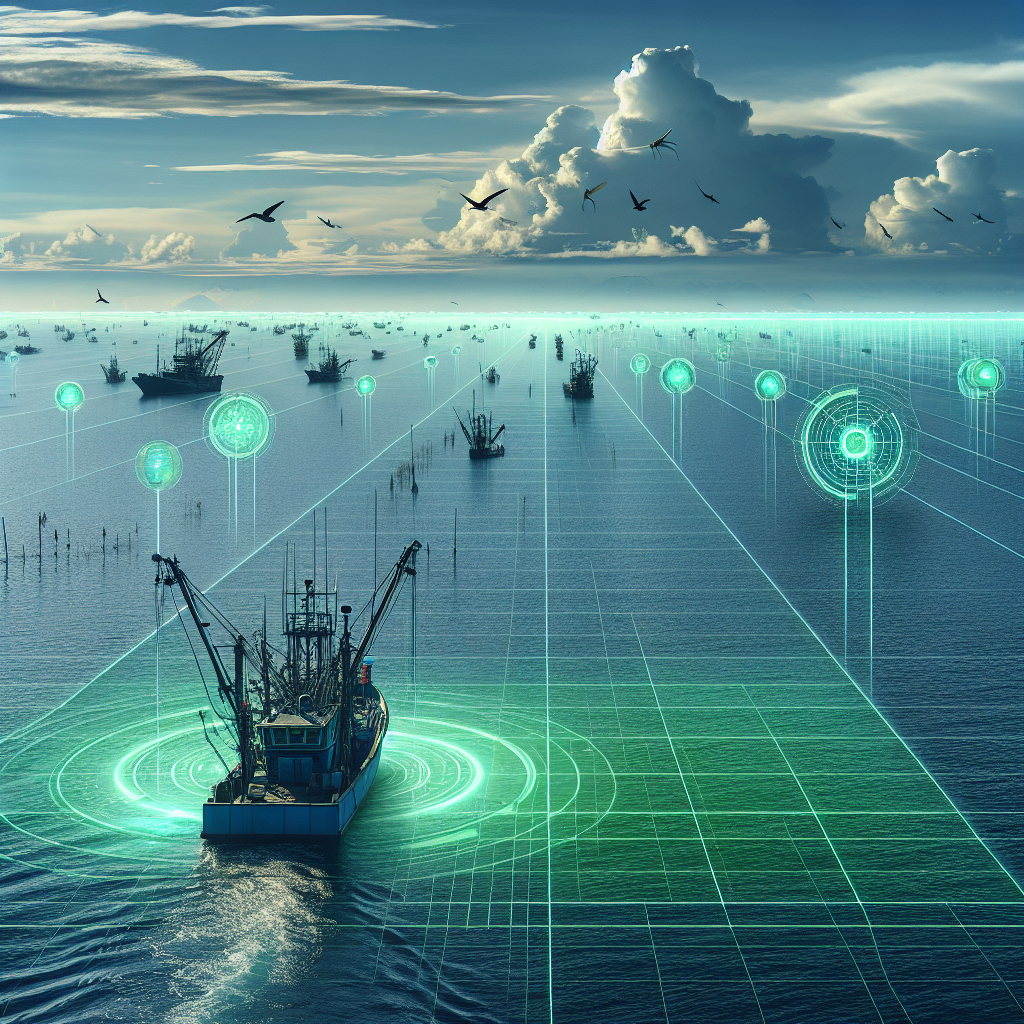In recent years, the fishing industry has faced numerous challenges, including overfishing, bycatch, illegal fishing, and the impact of climate change on fish stocks. These challenges have led to the depletion of fish populations and the degradation of marine ecosystems. To address these issues and ensure the sustainability of fisheries, innovative solutions are needed.
Artificial Intelligence (AI) technology has emerged as a powerful tool for addressing sustainability challenges in fisheries. AI-driven solutions offer a range of benefits, including improved efficiency, reduced costs, enhanced decision-making, and increased transparency. By leveraging AI technology, fisheries can better monitor and manage fish stocks, reduce bycatch, combat illegal fishing, and adapt to the changing climate.
One of the key applications of AI in fisheries is in monitoring and managing fish stocks. Traditional methods of monitoring fish populations, such as stock assessments and surveys, are time-consuming and costly. AI technology can help automate these processes and provide real-time data on fish stocks. By analyzing this data, fisheries can make more informed decisions about when and where to fish, helping to prevent overfishing and ensure the sustainability of fish populations.
AI technology can also be used to reduce bycatch, which is the unintentional capture of non-target species in fishing gear. By analyzing data on fish behavior and habitat, AI algorithms can help fisheries design more selective fishing gear that targets specific species while minimizing bycatch. This not only helps to protect vulnerable species but also improves the efficiency and profitability of fishing operations.
Illegal, unreported, and unregulated (IUU) fishing is another major challenge facing the fishing industry. AI technology can help combat IUU fishing by analyzing satellite data, vessel tracking information, and other sources of data to identify suspicious fishing activities. By monitoring and analyzing this data in real-time, fisheries can detect and prevent illegal fishing activities, ultimately helping to protect fish stocks and ensure the long-term sustainability of fisheries.
In addition to monitoring and managing fish stocks, reducing bycatch, and combating illegal fishing, AI technology can also help fisheries adapt to the impacts of climate change. As ocean temperatures rise and marine ecosystems change, fish populations are shifting and traditional fishing practices are becoming less effective. AI algorithms can analyze data on ocean conditions, fish behavior, and other factors to help fisheries adapt their fishing practices and strategies to the changing environment.
Overall, AI-driven solutions have the potential to revolutionize the fishing industry and help ensure the sustainability of fisheries for future generations. By leveraging AI technology, fisheries can improve their efficiency, reduce their environmental impact, and make more informed decisions about how to manage fish stocks and protect marine ecosystems.
FAQs:
Q: How can AI technology help fisheries monitor and manage fish stocks?
A: AI technology can automate the process of monitoring fish populations, providing real-time data on fish stocks and helping fisheries make more informed decisions about when and where to fish.
Q: How can AI technology reduce bycatch in fisheries?
A: By analyzing data on fish behavior and habitat, AI algorithms can help fisheries design more selective fishing gear that targets specific species while minimizing bycatch.
Q: How can AI technology help combat illegal fishing?
A: AI technology can analyze satellite data, vessel tracking information, and other sources of data to identify suspicious fishing activities and detect and prevent illegal fishing activities.
Q: How can AI technology help fisheries adapt to the impacts of climate change?
A: AI algorithms can analyze data on ocean conditions, fish behavior, and other factors to help fisheries adapt their fishing practices and strategies to the changing environment caused by climate change.

